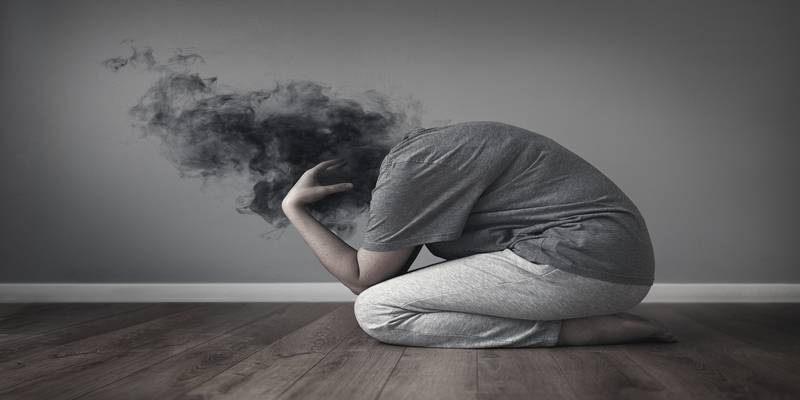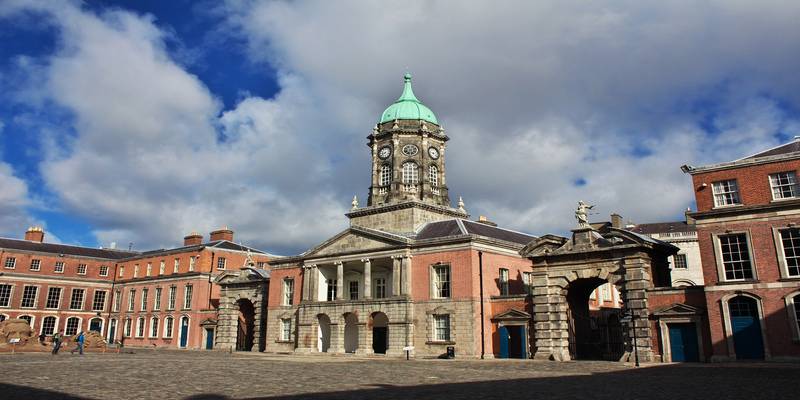Shame and exploitation – human zoos of 20th century

Dive into the early 20th century and learn how the Western colonisers exhibited their colonies and its people through the concept of human zoos. For those not familiar, the term is self-explanatory. Instead of animals, humans were confined and showcased. In the late 19th and early 20th century, the display of human beings in their natural and primitive state was the ultimate form of public entertainment. The colonisers of that time, primarily the French, the Americans, and the Belgians, among others, held fairs at large scales in the name of human expositions. Through these displays, cultural differences between the Europeans and non-Europeans were highlighted. It was a practice (malpractice) to show that the Westerners had a superior lifestyle.
The chief exponent of the human zoos was Carl Hagenbeck, a German exotic animal businessman. To reduce his company’s cost, Hagenbeck and his friend Heinrich Leutemann, made a group of Laplanders (inhabitants from extreme Northern Europe) accompany the reindeers in their next trade. While there are numerous such instances where human beings have been tortured, we will take a closer look at the Paris Colonial Exposition, the Lousiana Purchase Exposition and Ota Benga’s story to understand the omnipresent human divide.
The Louisiana Purchase Exposition (1904)
The Louisiana Purchase Exposition or St. Louis World’s Fair was an international exposition held in St. Louis, Missouri, USA. Although the fair was home to some great technological and anthropological findings, historians still tend to emphasise the themes of race and empire highlighted by the fair. When we talk about the human zoos, the fair was home to some of the most prominent names. In 1899, around 1,700 Filipinos were brought from the Philippines Islands and were put on display. The Igorot Village was the most popular exhibition at the fair and generated more revenue than the rest of the exhibitions combined. The native people were forced to live in dire conditions and given minimal clothing. Sometimes, they were asked to cook and eat dogs — which soon became a stereotype among the Americans that Filipinos are dog eaters.
Paris Colonial Exposition
In 1931, the Paris Colonial Exhibition took place and spanned over a six-month period. Its purpose was to display the cultural diversity and the immense resources of France’s colonial possessions. The ‘Exposition Coloniale Internationale’ attracted approximately seven to nine million visitors from around the world. The French government had brought people from its colonies and recreated a living environment similar to that of their native places. Politically, France had always hoped that its exposition would colour its colonial empire in a benign way, showing the ‘mutual exchange of cultures’ and add perks to France’s efforts overseas. But to France’s dismay, this was far from happening. The exposition did highlight the endemic cultures of the colonies, but it also downplayed France’s efforts of mutual cultural exchange.
The lack of sensitivity that went into the organisation was remarkable. The organisers labelled people as “savages” and “freaks” when found in their natural habitat. A group of 34 people from New Caledonia were referred to as savages. Amongst them were the family members of the 1998 World Cup-winning French footballer Christian Karembeu (represented France from 1992 – 2002). Terrible living conditions, foreign disease and cold weather only made the human zoos less humane. Several hundred died during the expositions and were buried in the same garden, Jardin Tropical, where the exposition was being held. The exposition would have been futile if there were no people involved and merely the relics and architects were on display. Today, Jardin Tropical sits quiet and closed. With people opposing to the opening of the park and collectively arguing, “We will not go to the Jardin” speaks volumes about the shame the French population feels.
Ota Benga — The Pygmy
Ota Benga was a Mbuti (Congo Pygmy) man who was exhibited in the St. Louis World’s Fair in 1904 and the human zoo exhibit in 1906 at the Bronx Zoo in New York. He was purchased by missionary Samuel Phillips Verner from the African Slave Traders. His wife and two kids were initially murdered by Force Publique, established by King Leopold II of Belgium, while he was away on a hunting expedition. He was later captured by the Bastille slave traders and sold to the missionary. Benga was then grouped with other Africans bought by Verner, one of them being the son of the then ruler of the Bakuba (modern day Democratic Republic of Congo).
Upon his arrival, American newspapers carried headlines such as “Only Genuine African Cannibal in America”, and “Barbaric” as his teeth were sharp as per his tribe’s custom. In his cage, bones were kept intentionally to make him seem more threatening and cannibalistic. He was then later taken to the Bronx Zoo where an exhibition was created to feature Benga along with the orangutans. As wrong as it sounds, people of that time thought it was completely normal for this to happen.
The 21st Century Minds
With the death of George Floyd on May 24, 2020, the world erupted into chaos. Protests and riots took place around the world, predominantly in the United States of America. A number of historical monuments and statues were destroyed, removed or vandalised by the public due to their alleged connections to racism and to the above-mentioned events. The very first statue to be destroyed was that of Belgium’s King Leopold II for his mistreatment of the people of Congo during his reign. Mahatma Gandhi’s statue in Washington DC was also vandalised as people learnt about his dark past and his support for apartheid while he was in South Africa.
It would be safe to say that mankind is moving in the right direction when you witness people raising their voices against oppression. The endeavour is to get rid of racism and the divisions that lay deeply engraved onto the stones of our societies. Perhaps former Western colonisers could learn from Belgium and its King Philippe who openly apologised to the Democratic Republic of Congo for his country’s colonial abuse. This empathy and acceptance of wrongdoing is the only way we can forget about superiority and be equals.
Article by: Raghbir Singh






